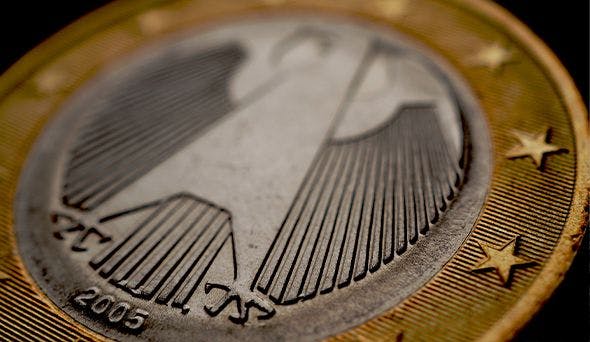Nov 30, 2023|Market Insights- 4 min

At its October 31- November 1 meeting, the Fed held rates unchanged since July, at 5.25% to 5.50%. Markets were not surprised, as rates are widely anticipated to remain the same even following the December meeting.
Do the macroeconomic data warrant loosening monetary policy again?
 Source: St. Louis Fed
Source: St. Louis Fed
The context for the last decision
At its last meeting, the Fed had some grounds for optimism. Despite an unexpected jump in the consumer price index (CPI) over the summer as fuel prices spiked temporarily, the trend in Core Personal Consumption Expenditures index, which excludes food and energy, had been a decline from 4.9% in January to 3.7% in September.[1]
But inflation still needs to drop around 2% to meet the Fed target average inflation of 2%. The Federal Open Market Committee needed more evidence that inflation will continue to drop further and not rise again.[2]
Fed Chairman Jerome Powell stated after the decision that “a few months of good data” is an insufficient indication that the US is on a path to sustainable inflation control.[3]
What has happened since
Meanwhile, figures continued to show progress.
September job figures showed a tight labor market, with non-farm payroll growth exceeding expectations at 297,000, but the increase in October was just 150,000, among the slowest so far, while unemployment inched higher at 3.9%.[4]
The Fed reacted to these results with muted enthusiasm.[5] The October CPI readings continued the good news, falling from 3.7% to 3.2%, due mainly to energy prices, while Core PCE – the main focus of the Fed - continued its slow but steady decline from 3.7% to 3.5%.[6]
The fact remains that inflation is still some way above target.
Additionally, gross domestic product jumped from 2.1% to 4.9% in Q3. This is expected to drop to around 2% in Q4.[7] However, this may indicate either that the rate increases have yet to take effect fully, or that further action may be required to prevent a resurgence in inflation.[8]
What happens next
The latest September projections of the Fed showed a majority in favor of raising rates to 5.5% to 5.75% (+0.25%) by year end.[9] This now seems unlikely.
With the spate of encouraging data since the last meeting, markets have all but regained the ground lost since the mid-year peak.
Market participants (95.8% at the time of writing) believe that rates will remain the same in December.[10] The conversation has already turned to when rates will begin to drop.
But how far rates will decline depends on how we define the “normal” to which we are returning.

Source: St Louis Fed
From the end of the Cold War until the Global Financial Crisis (GFC) (1992-2008), average interest rates were around 4%. From the crash until just before the COVID-19 pandemic (2010-2019) average rates were 0.6%.
In both periods, steep cuts in interest rates contributed to bubbles (e.g. housing market) and/ or inflation, which regulators want to avoid. However, many market participants have spent most of their careers post-GFC, and may be pricing a return to pre-pandemic levels.
Conclusion
The precise timing and details of interest rate increases and cuts are of little consequence to long-term investing. But discussions on interest rates can help identify fundamental trends and shifts, such as whether we are entering a new market regime.
Planning for the future does not entail hasty moves to cash in or out on opportunities. It requires taking time to design a long-term asset allocation based on well-reasoned positions that get beneath the surface.
[1] St Louis Fed
[2] FT.com
[3] Forbes
[4] Reuters
[5] Reuters
[6] Bureau of Economic Analysis
[7] Atlanta Fed
[8] Bureau of Economic Analysis
[9] Forbes
[10] CME FedWatch
 Instagram
Instagram

